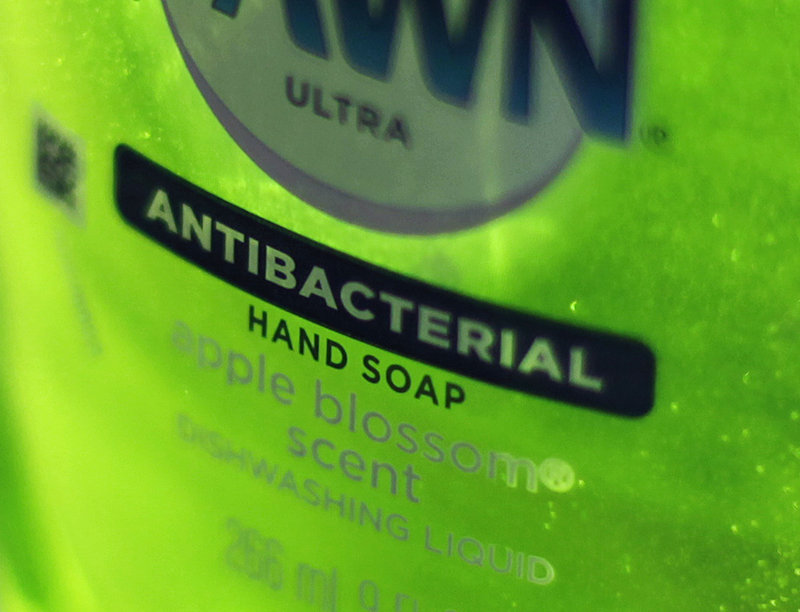WASHINGTON – It’s a chemical that’s been in U.S. households for more than 40 years.
But federal health regulators are just now deciding whether triclosan — the germ-killing ingredient found in an estimated 75 percent of antibacterial liquid soaps and body washes sold in the U.S. — is ineffective, or worse, harmful.
The Food and Drug Administration is planning to deliver a review this year of whether triclosan is safe.
The ruling, which will determine whether triclosan continues to be used in household cleaners, could have implications for a $1 billion industry that includes hundreds of antibacterial products from toothpaste to toys.
The agency’s review comes amid growing pressure from lawmakers, consumer advocates and others who are concerned about the safety of triclosan. Recent studies of triclosan in animals have led scientists to worry that it could increase the risk of infertility, early puberty and other hormone-related problems in humans.
“To me it looks like the risks outweigh any benefit associated with these products right now,” said Allison Aiello, professor at the University of Michigan’s School of Public Health. “At this point, it’s just looking like a superfluous chemical.”
The concerns over triclosan offer a sobering glimpse at a little-known fact: Many chemicals used in everyday household products have never been formally approved by U.S. health regulators.
That’s because many germ-killing chemicals were developed decades ago, before there were laws requiring scientific review of cleaning ingredients.
Send questions/comments to the editors.



Success. Please wait for the page to reload. If the page does not reload within 5 seconds, please refresh the page.
Enter your email and password to access comments.
Hi, to comment on stories you must . This profile is in addition to your subscription and website login.
Already have a commenting profile? .
Invalid username/password.
Please check your email to confirm and complete your registration.
Only subscribers are eligible to post comments. Please subscribe or login first for digital access. Here’s why.
Use the form below to reset your password. When you've submitted your account email, we will send an email with a reset code.